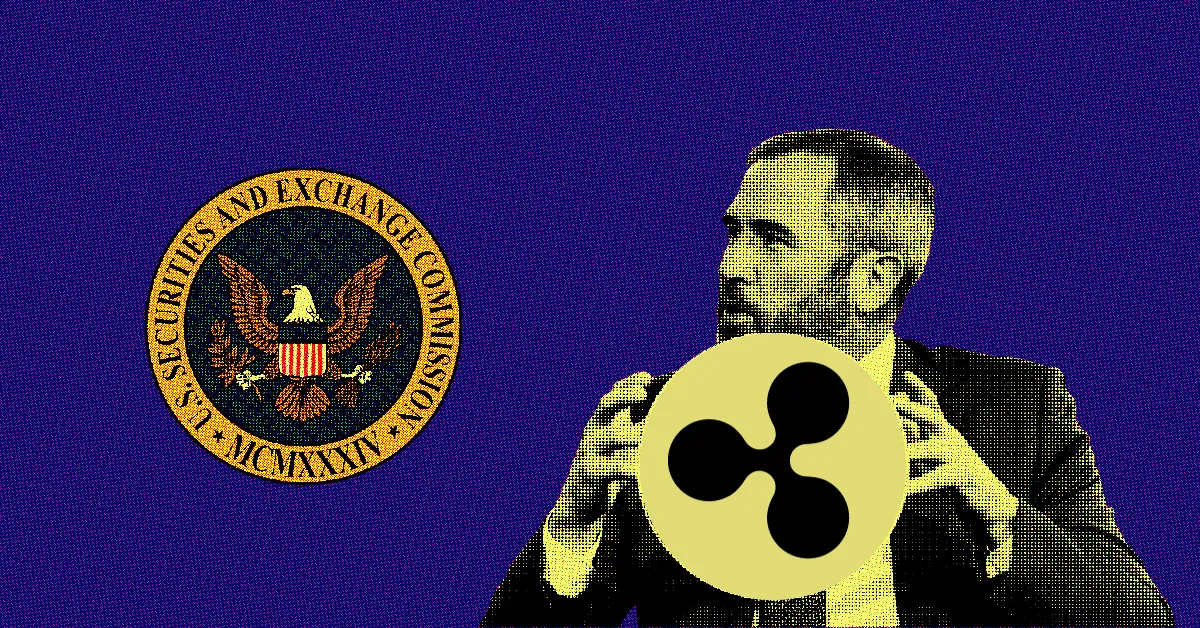What Is XRP And Its Potential Future In The Fintech Industry?

Table of Contents
Understanding XRP: Beyond the Hype
XRP's Core Functionality
XRP is a cryptocurrency designed to be a fast, efficient, and low-cost bridge currency for facilitating transactions between different fiat currencies. Unlike cryptocurrencies that rely on complex blockchain networks, XRP leverages a unique consensus mechanism that prioritizes speed and scalability.
- Blazing Speed: XRP transactions are processed in a matter of seconds, significantly faster than traditional banking systems and many other cryptocurrencies.
- Minimal Transaction Fees: The cost of sending XRP is incredibly low, making it a highly economical option for international transfers.
- Exceptional Scalability: XRP's network can handle a large volume of transactions simultaneously, ensuring its efficiency even during periods of high demand.
The technology behind XRP is RippleNet, a real-time gross settlement system, currency exchange, and remittance network that uses XRP to enable faster and more efficient cross-border payments. This network connects banks, payment providers, and other financial institutions, allowing them to seamlessly transfer funds across borders.
Ripple and XRP: The Relationship
It's crucial to understand the distinction between Ripple Labs (the company) and XRP (the cryptocurrency). Ripple Labs developed the RippleNet payment network and actively promotes the use of XRP within its ecosystem. However, XRP is a separate, independent digital asset that operates on its own decentralized network.
- RippleNet: A payment network facilitating global transactions for banks and financial institutions.
- XRP: A cryptocurrency used on the RippleNet network to enable faster and cheaper transactions.
While Ripple Labs plays a significant role in XRP's development and adoption, XRP's value and future are ultimately determined by market forces and community adoption.
XRP's Potential in the Fintech Industry
Disrupting Cross-Border Payments
XRP's speed and low transaction costs have the potential to revolutionize international money transfers. Traditional methods often involve multiple intermediaries, lengthy processing times, and high fees. XRP offers a stark contrast:
- Speed Comparison: While traditional bank transfers can take days or even weeks, XRP transactions are settled in seconds.
- Cost Comparison: XRP's significantly lower fees compared to SWIFT and other traditional payment systems can translate to substantial savings for businesses and individuals.
For example, imagine sending money from the US to a family member in another country. With XRP, the process could be significantly faster and cheaper than using traditional banking channels. Real-world case studies showcasing XRP's efficiency in cross-border payments are increasingly prevalent.
Enhancing Liquidity and Efficiency
XRP can enhance liquidity in financial markets by enabling faster and more efficient settlements of transactions. This increased liquidity can reduce risks and improve the overall efficiency of financial processes.
- Trading: XRP can facilitate faster and cheaper trading of various assets across different exchanges.
- Remittances: XRP’s low cost and fast settlement times make it an ideal solution for global remittances.
- Financial Transactions: Its integration with RippleNet makes it a suitable tool for streamlining various other financial transactions.
Addressing Regulatory Challenges
The regulatory landscape surrounding XRP and Ripple is a crucial factor influencing its future. Ripple has faced legal challenges, and the outcome of these cases will have a significant impact on the widespread adoption of XRP.
- Ongoing Legal Battles: The ongoing legal battles between Ripple and the SEC are a key area of uncertainty.
- Regulatory Clarity: Clear and consistent regulatory frameworks are essential for the broader adoption of XRP and its widespread acceptance in the financial industry.
Potential Future Applications of XRP
Beyond Payments
XRP's potential extends beyond cross-border payments. Its speed and efficiency make it suitable for a range of applications:
- Micropayments: Facilitating small, fractional payments for digital content or services.
- Supply Chain Finance: Improving transparency and efficiency in global supply chains.
- Decentralized Finance (DeFi): Potentially integrating with DeFi platforms to provide faster and cheaper transactions.
Technological Advancements
Ripple continues to invest in research and development to enhance XRP's capabilities and address scaling challenges. Future advancements could include:
- Increased Speed and Scalability: Further improvements to transaction speeds and the overall capacity of the network.
- Enhanced Security: Ongoing development focused on strengthening security measures to protect against potential threats.
Conclusion
XRP, with its potential for fast, low-cost cross-border payments and diverse applications, has the potential to reshape the Fintech landscape. Its speed, efficiency, and scalability offer significant advantages over traditional systems, presenting opportunities for businesses and individuals alike. While regulatory challenges remain, the ongoing development and innovation surrounding XRP suggest a promising future. Stay informed about the future of XRP and its role in shaping the Fintech landscape. Learn more about XRP today!

Featured Posts
-
 Neal Pionk All The Latest Rumors And Highlights
May 01, 2025
Neal Pionk All The Latest Rumors And Highlights
May 01, 2025 -
 Processo Becciu La Data Dell Appello E La Proclamazione Di Innocenza
May 01, 2025
Processo Becciu La Data Dell Appello E La Proclamazione Di Innocenza
May 01, 2025 -
 Xrp News Ripples Reduced 50 M Sec Settlement Whats Next For Xrp
May 01, 2025
Xrp News Ripples Reduced 50 M Sec Settlement Whats Next For Xrp
May 01, 2025 -
 Automated Workboat Safety A Case Study Of Tbs Safety And Nebofleet
May 01, 2025
Automated Workboat Safety A Case Study Of Tbs Safety And Nebofleet
May 01, 2025 -
 Kampen Duurzaam Schoolgebouw Zonder Stroom Door Netwerkproblemen
May 01, 2025
Kampen Duurzaam Schoolgebouw Zonder Stroom Door Netwerkproblemen
May 01, 2025
